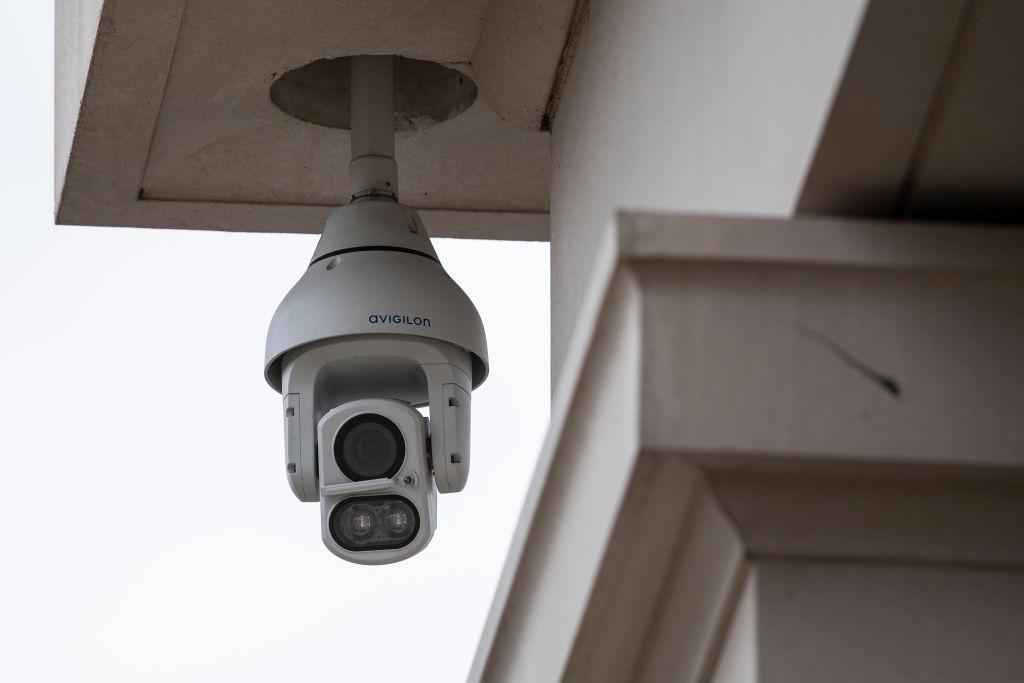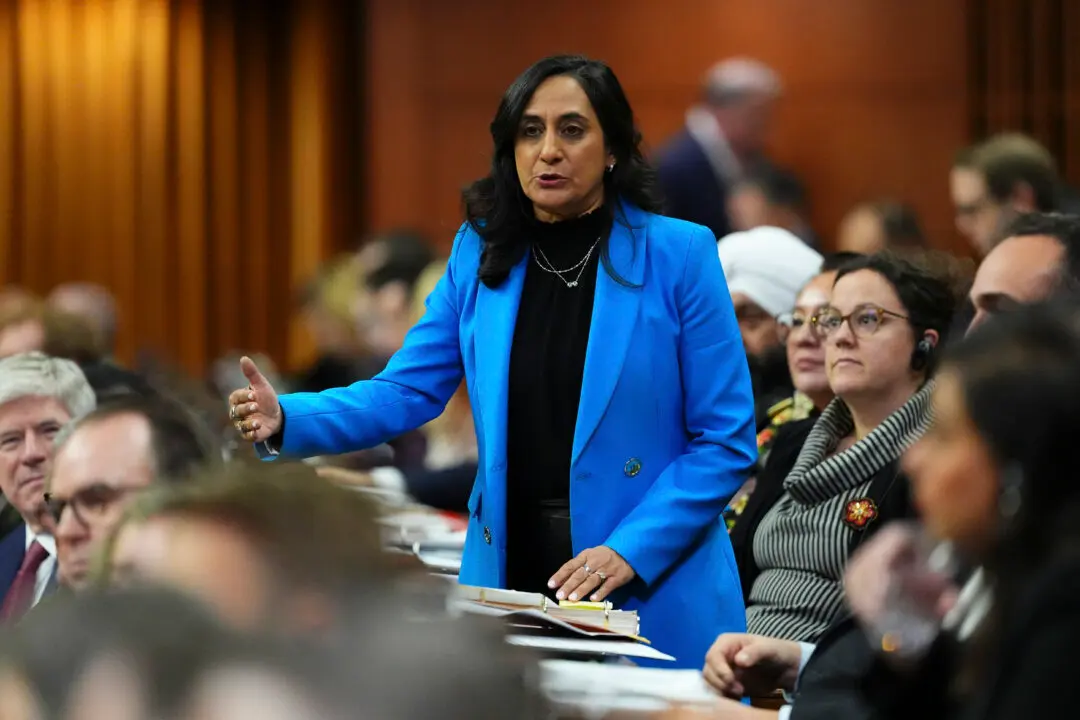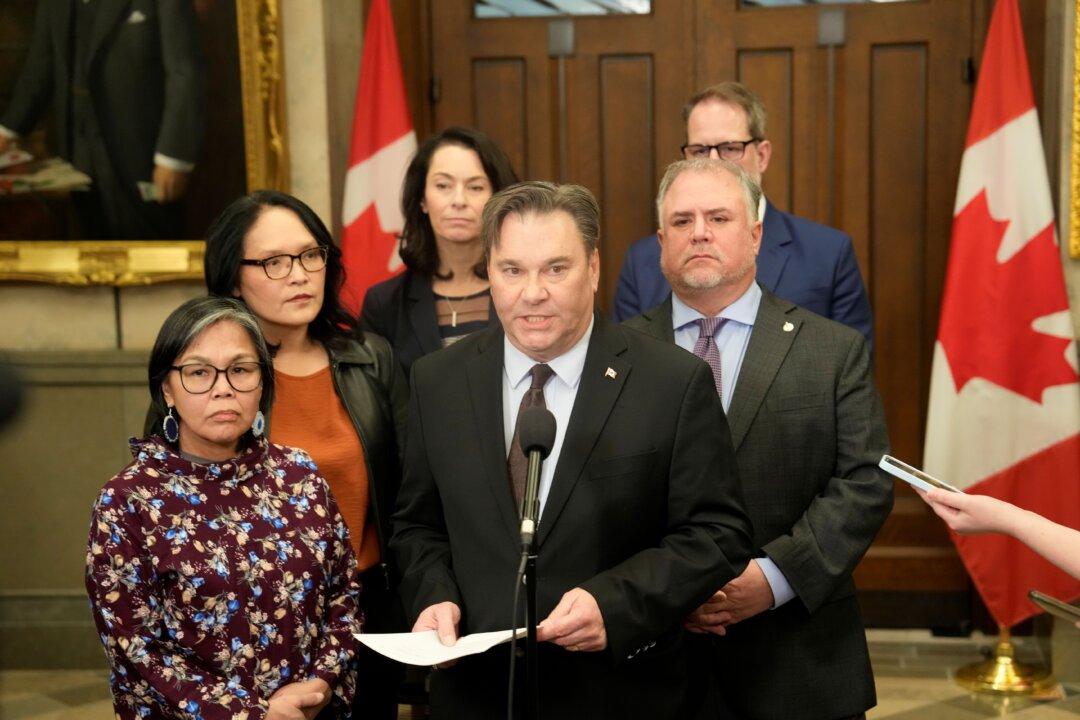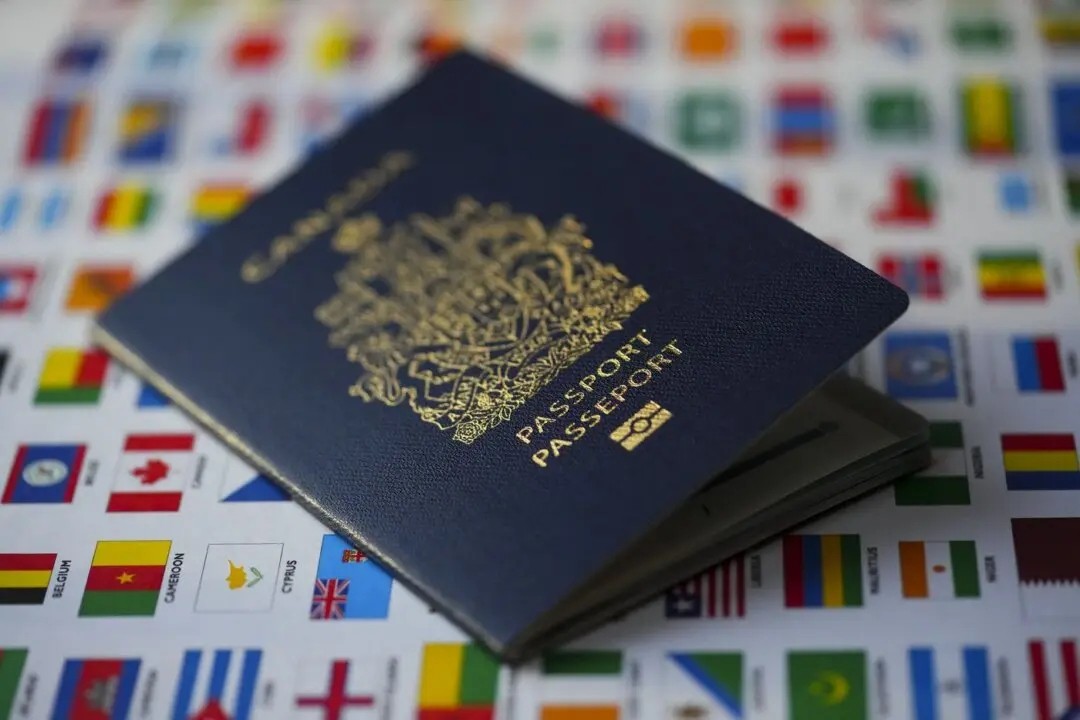The use of facial recognition technology by law enforcement without the proper legal safeguards in place threatens privacy, free speech, and peaceful assembly rights protected under the charter, a technology and human rights lawyer says.
Testifying before the Standing Committee on Access to Information, Privacy and Ethics on March 21, Cynthia Khoo said the use of facial recognition by police agencies without strict legal safeguards will likely cause damage to Canadians’ fundamental freedoms.





